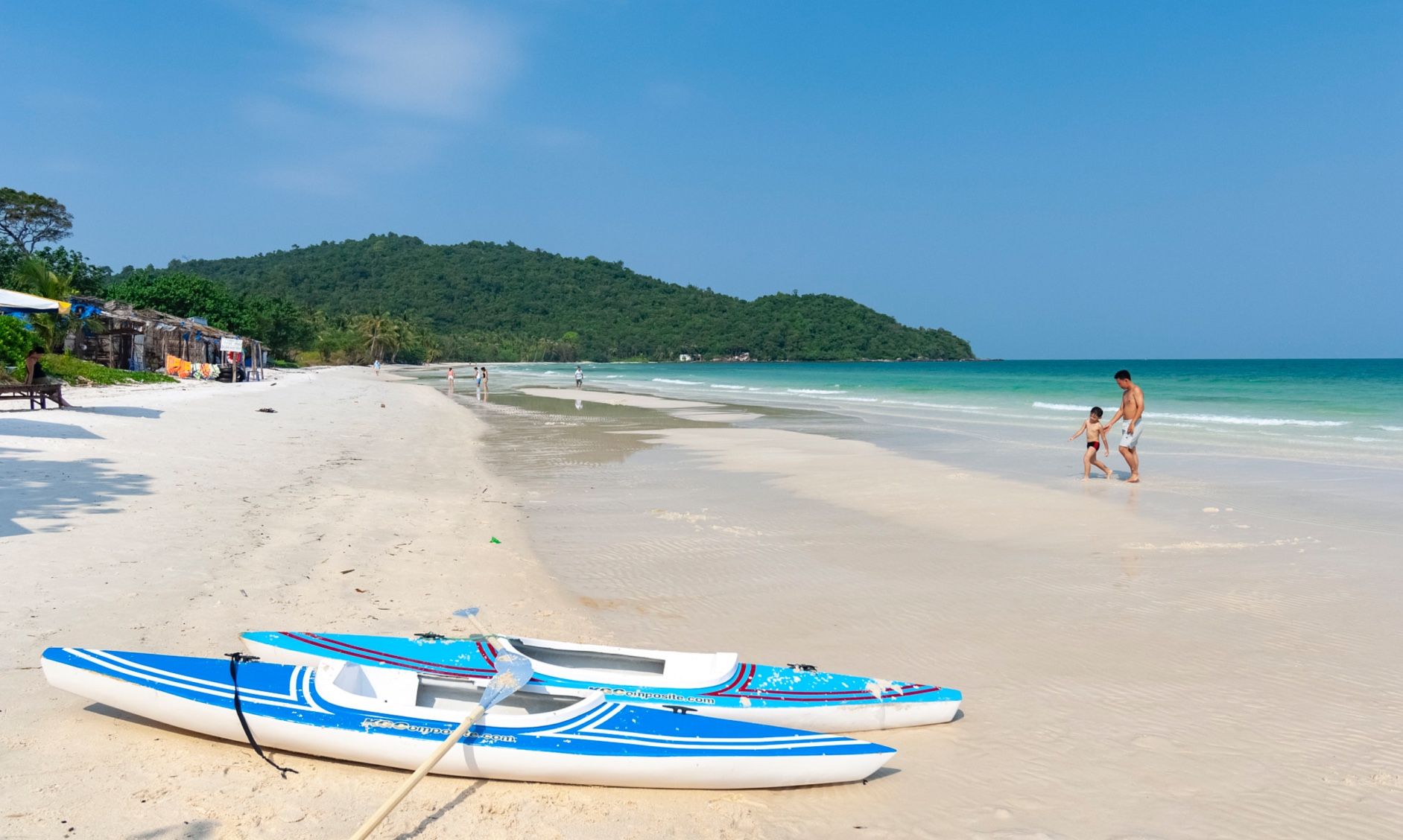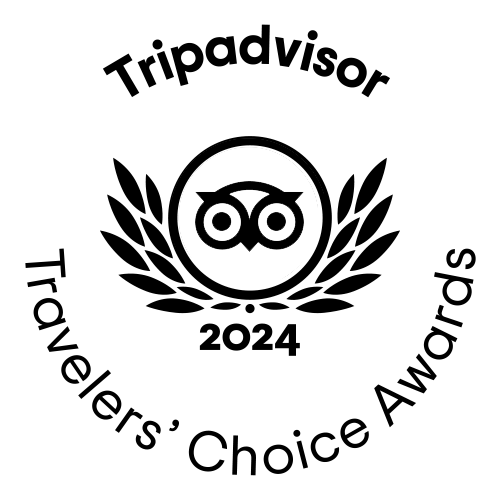Weather in Ho Chi Minh City - Best Time to Visit
Ho Chi Minh City weather: The best time to visit, weather-wise is the dry season between the months of December and April, when the humidity is more manageable. The crowds start getting heavy around November and stay through March. The Tet Festival in late January or early February is an exciting, if extremely hectic, time to visit. However, the rainy season starts from May to November.
Additionaly, Ho Chi Minh City (Saigon), like most of southern Vietnam, experiences a tropical sub-equatorial climate, which keeps the city steadily warm and humid throughout the year, including a rainy monsoon season. April is the hottest month, with temperatures averaging 32°C (88°F), while December is the coolest, with temperatures around 25°C (79°F).
Overview of Ho Chi Minh City Weather
In Ho Chi Minh City, the wet season is oppressive and overcast, the dry season is muggy and partly cloudy, and it is hot year round. In addition, over the course of the year, the temperature typically varies from 71°F to 95°F and is rarely below 65°F or above 99°F. Check out best time of the year to visit Vietnam
| Hanoi | |||
|---|---|---|---|
| Month | Min Temp °C | Max Temp °C | Rainfall mm |
| Jan | 15 | 19 | 21 |
| Feb | 15 | 20 | 28 |
| Mar | 18 | 23 | 46 |
| Apr | 21 | 26 | 92 |
| May | 24 | 33 | 185 |
| Jun | 25 | 35 | 230 |
| Jul | 25 | 35 | 240 |
| Aug | 26 | 32 | 280 |
| Sep | 25 | 31 | 255 |
| Oct | 22 | 28 | 140 |
| Nov | 19 | 24 | 45 |
| Dec | 15 | 23 | 15 |
| Ho Chi Minh City | |||
|---|---|---|---|
| Month | Min Temp °C | Max Temp °C | Rainfall mm |
| Jan | 22 | 32 | 12 |
| Feb | 22 | 32 | 10 |
| Mar | 24 | 33 | 10 |
| Apr | 26 | 33 | 50 |
| May | 26 | 33 | 210 |
| Jun | 25 | 30 | 300 |
| Jul | 25 | 31 | 295 |
| Aug | 25 | 31 | 270 |
| Sep | 24 | 31 | 345 |
| Oct | 24 | 30 | 260 |
| Nov | 23 | 29 | 110 |
| Dec | 22 | 28 | 40 |
| Hoi An | |||
|---|---|---|---|
| Month | Min Temp °C | Max Temp °C | Rainfall mm |
| Jan | 19 | 24 | 100 |
| Feb | 20 | 25 | 30 |
| Mar | 22 | 27 | 30 |
| Apr | 23 | 30 | 30 |
| May | 25 | 31 | 60 |
| Jun | 26 | 32 | 75 |
| Jul | 26 | 33 | 90 |
| Aug | 26 | 32 | 100 |
| Sep | 25 | 31 | 300 |
| Oct | 23 | 28 | 540 |
| Nov | 22 | 26 | 330 |
| Dec | 20 | 23 | 215 |
Vietnam is a destination with captivating scenery, tranquil temples and sensational food. Uncover countless cultures, beautiful landscapes and fascinating history in this most enchanting Vietnam Packages Tours
When is the rainy season in Ho Chi Minh City?
Best things to do on rainy days
Traveling within Ho Chi Minh City during the rainy season could be doable with few things to note such as carry on a rain-coat and a waterproof backpack and wear light and casual.
The dry season in Ho Chi Minh City
Best things to do & activities
The average temperature during the dry seasons remains between 26°C – 35°C with stable humidity level of up to ~ 75 % while an average sunny hours per day reaches to around 9 hours. Some of the best things to do during the rainy season in Saigon including plan to visit Mekong Delta and the famous world of waterways & floating markets. In addition, visit Cu Chi Tunnels, the secret war site that is a very popular day trip from Ho Chi Minh City. Other top things to do including plan a weekend stay on one of the best beaches in Vietnam

Ho Chi Minh City's weather by month
In addition, if you’re planning to visit during the low (dry season), consider to do it carefully & book your holiday essentials as Vietnamese Lunar New Year or Tết celebrated during this time and is typically falls in late January or early February.
January to March
Ho Chi Minh City in January and February, the weather would be very similar with about 8 hours of sunshine and clear sky, making these months popular for visiting. Temperatures average between 25°C and 34°C, and the days are mostly dry with lower humidity—ideal for sightseeing!
April and May
June to October
November & December
November & December are excellent times to visit Ho Chi Minh City, as the cooler season begins. With average temperatures of 28°C and dry weather, these months offer a comfortable climate for exploring the city.




